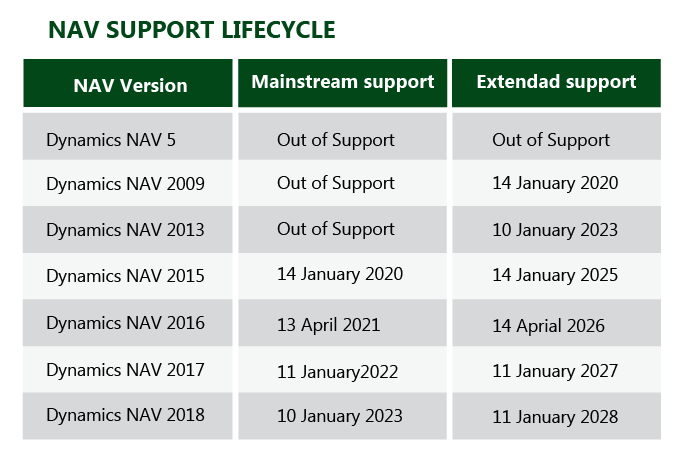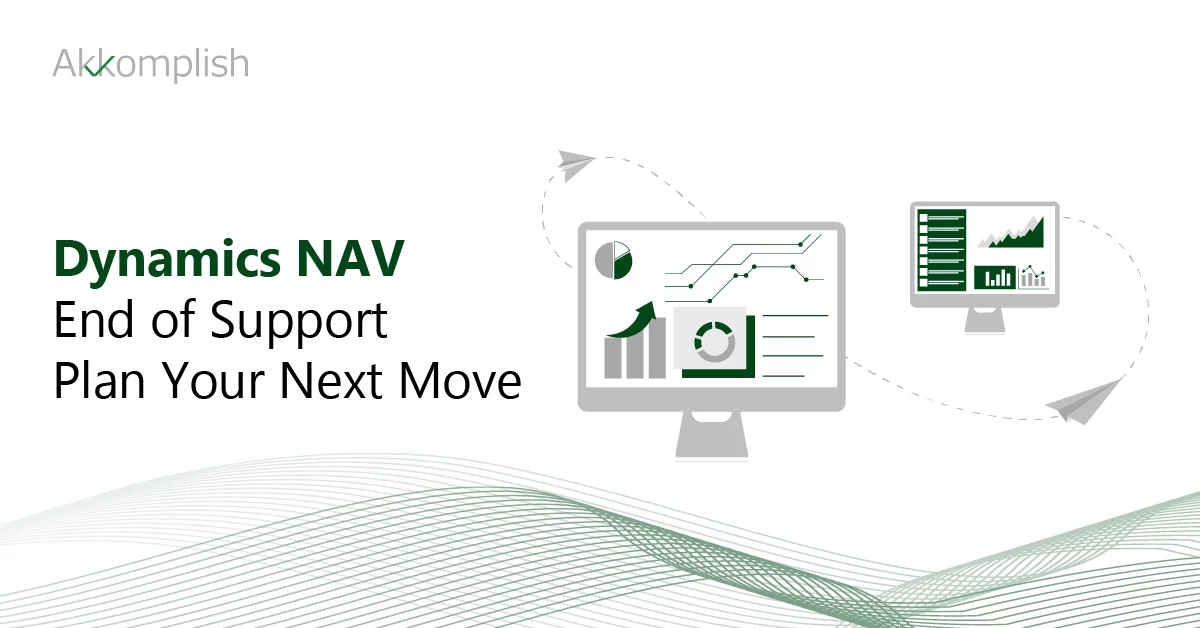If you are using Microsoft Dynamics NAV 2017 or an earlier version, you must read this blog!
According to the latest update, Microsoft Dynamics NAV 2017 or an earlier version user will witness the end of the support cycle from Microsoft.
As of 10 January 2023, all versions of Dynamics NAV (earlier known as Navision) will no longer have the privilege of Mainstream Support anymore.
Dynamics NAV 2013 and 2013 R2 will also be out of Extended Support. In this article, we want to share what it means for you as a user and your options if you still wish to continue using NAV.
Usually, ERP systems have a lifespan of five to ten years, after which it is advisable to upgrade the system. That should not stop it from running smoothly or benefiting your business in any way. But you may miss out on any new functionality and receive lesser security updates after this point.
Dynamics NAV is soon reaching this stage, giving you a good reason to upgrade to the latest Dynamics 365 Business Central.






